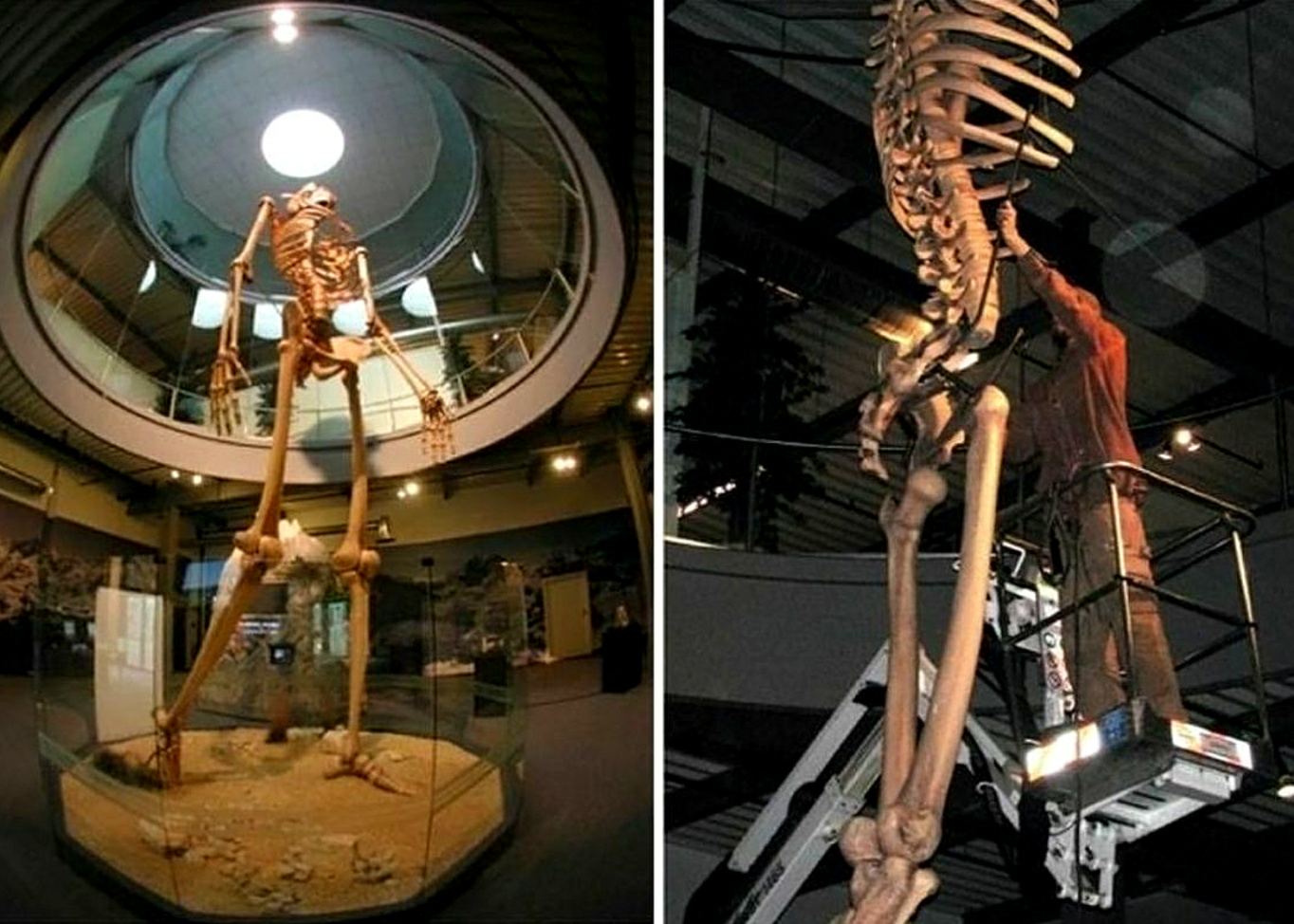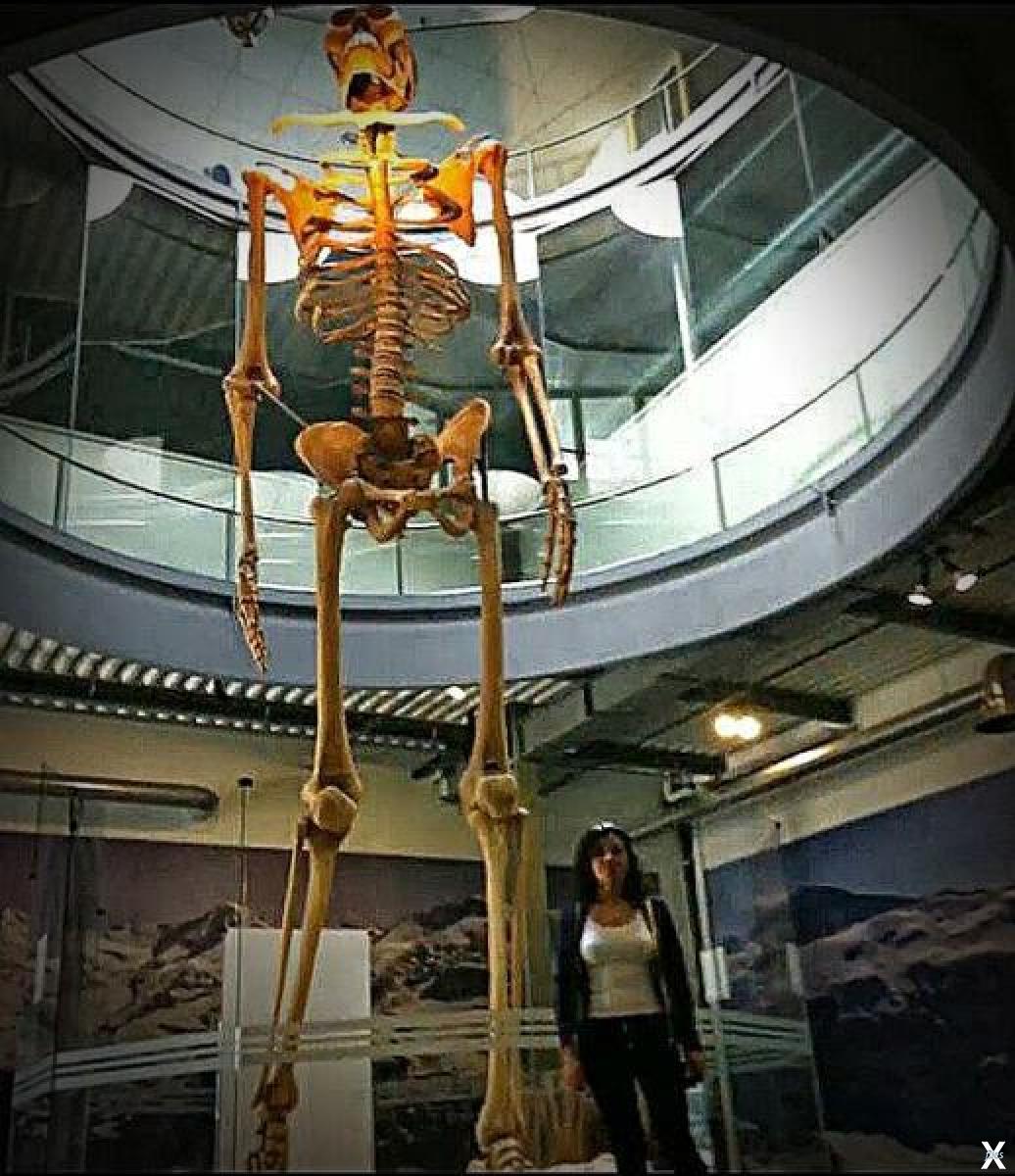The decision by London’s Hunterian Museum to forgo the display of the skeleton of Irish giant Charles Byrne has sparked an ethical debate. Charles Byrne, known as the “Irish Giant,” stood at over 7 feet 7 inches tall and lived during the 18th century. His skeleton has long been a subject of curiosity and fascination.

The museum’s decision reflects a growing sensitivity towards the ethical implications of displaying human remains, particularly those obtained without proper consent. It recognizes the importance of respecting the wishes and dignity of the deceased, as well as the cultural and historical sensitivities surrounding such displays.
The case of Charles Byrne raises questions about consent and exploitation. It is believed that Byrne expressed his desire for a sea burial to avoid public spectacle after his death. However, his body was acquired by John Hunter, a renowned anatomist of the time, and his skeleton was subsequently preserved and displayed.

Opponents of displaying Byrne’s skeleton argue that it perpetuates a history of exploiting individuals with physical differences for public entertainment and scientific curiosity. They advocate for a more ethical approach that respects the wishes and autonomy of the deceased.
Proponents of displaying the skeleton argue that it holds educational and historical value, providing insights into medical conditions and the understanding of human anatomy. They believe that proper contextualization and respectful presentation can mitigate any ethical concerns.

This debate highlights the complexities surrounding the display of human remains in museums. It raises important questions about consent, cultural sensitivity, and the ethical responsibilities of institutions towards the deceased and their communities.
Ultimately, the decision by the Hunterian Museum represents a shift towards a more inclusive and ethical approach in the treatment of human remains. It encourages a broader conversation about the balance between scientific inquiry, historical preservation, and the ethical considerations that should guide the display of human remains in museums.